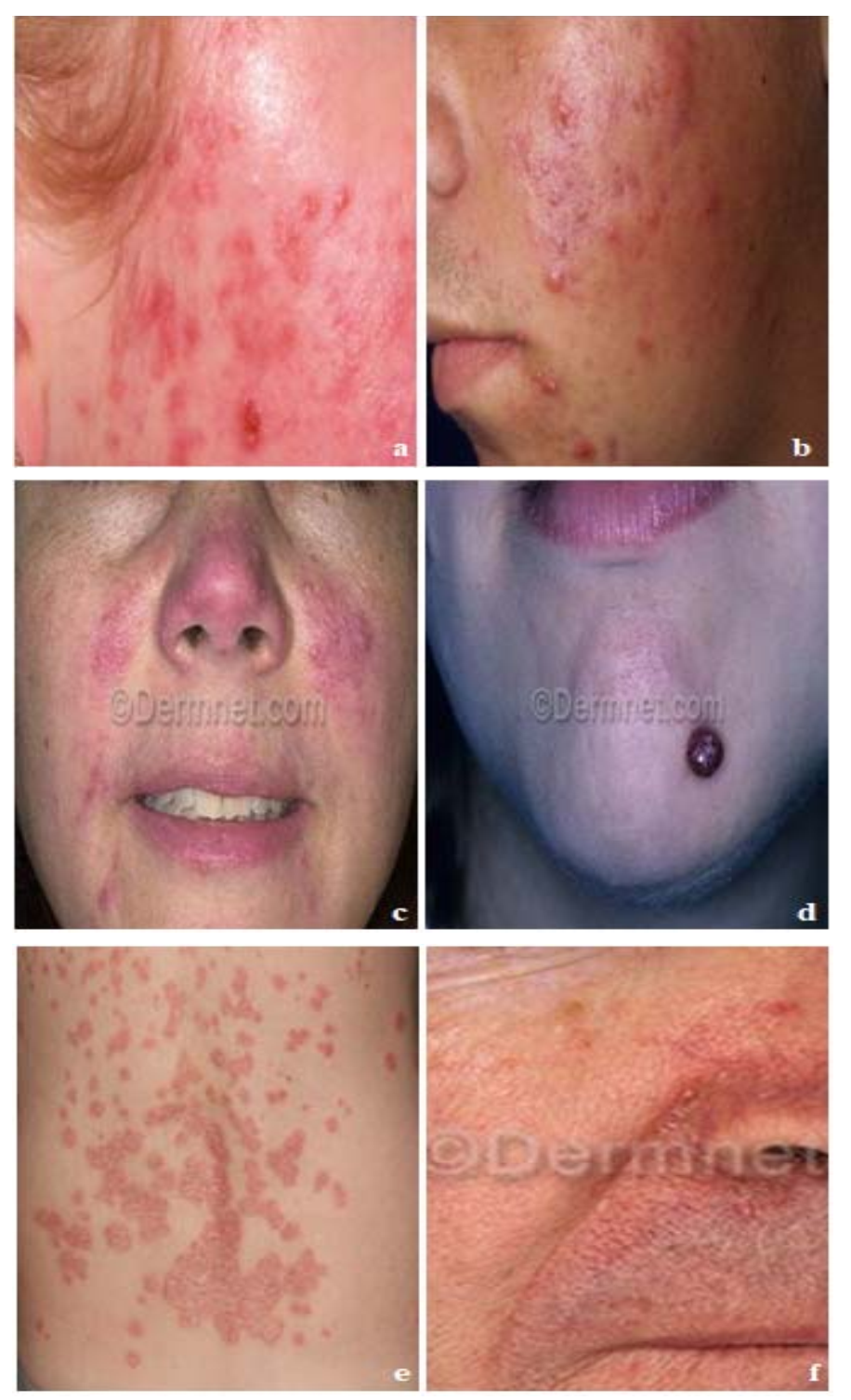Survey on Therapy Prediction using Deep Learning for Pores and Skin Diseases
Main Article Content
Abstract
Introduction: Prediction and detection of skin ailments have generally been a hard and important task for health care specialists. In the cutting-edge situation majority of the pores and skin care practitioners are the uses of traditional techniques to diagnose the ailment which may also take a large amount of time. Skin Diseases are excessive troubles in recent times as it is a consider form of environmental factors, socioeconomic elements, loss of entire weight loss program, and so on. Identifying the particular skin disease by computer vision is introduced as a novel task. Based on skin or pore disease, certain therapy can be suggested. In proposed study there are different applications based on deep learning are studied with computer vision task for better performance of proposed application. Famous deep learning algorithms may include CNN (convolutional neural network) , RNN (Recurrent Neural network), etc.
Objective: To diagnose skin disease with dermoscopic images automatically. Developing automated strategies to improve the accuracy of analysis for multiple psoriasis and skin diseases
Methods: In existing techniques many machine learning models are used which is having high complexity and require more time for analysis. So, in this study different deep learning models are studied for understanding performance difference between different models. This paper is a comparative check about skin illnesses related to ordinary skin issues in addition to cosmetology. Image selection, segmentation of skin disease detection and classification are the important steps can be used for oily, dry, and ordinary pores.
Result: The field of dermatology has seen promising results from studies on various Convolutional Neural Network (CNN) algorithms for classifying skin diseases based on clinical images. These studies have concentrated on utilizing the strength of deep learning and computer vision techniques to classify and diagnose different skin conditions using facial images precisely.
Conclusion: A survey of numerous papers is achieved on basis of technologies used, outcomes with accuracy, moral behavior, and number of illnesses diagnosed, datasets. Different existing research methodologies are compared with present deep learning architectures for understanding superior performance of deep learning models. Using deep learning, we can predict pore and skin diseases. In proposed study, introduction to different algorithms of deep learning which are combined with computer vision tasks to find the skin disease and pore disease are studied. Therapy can be predicted based on type of skin or pore disease.

